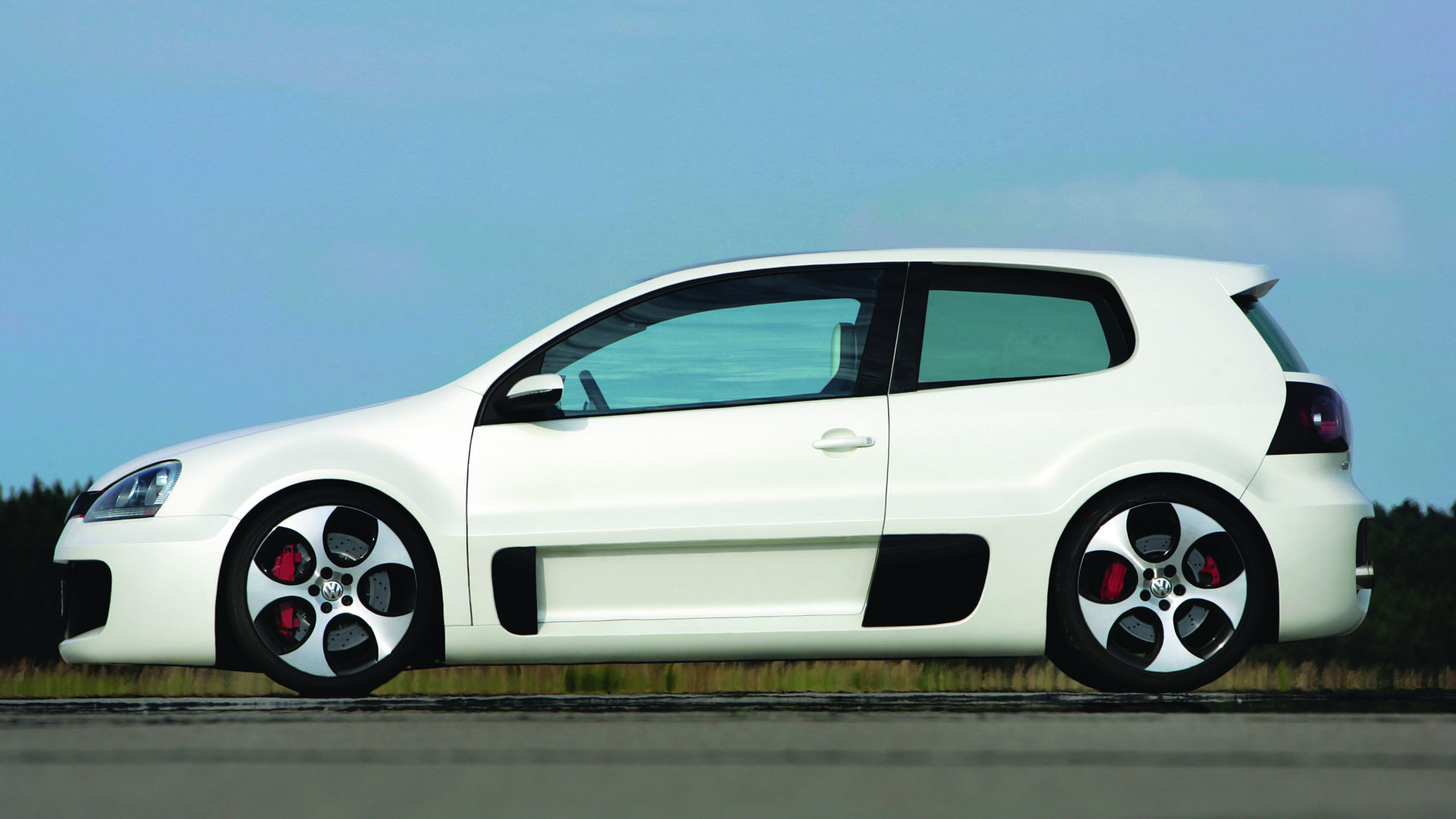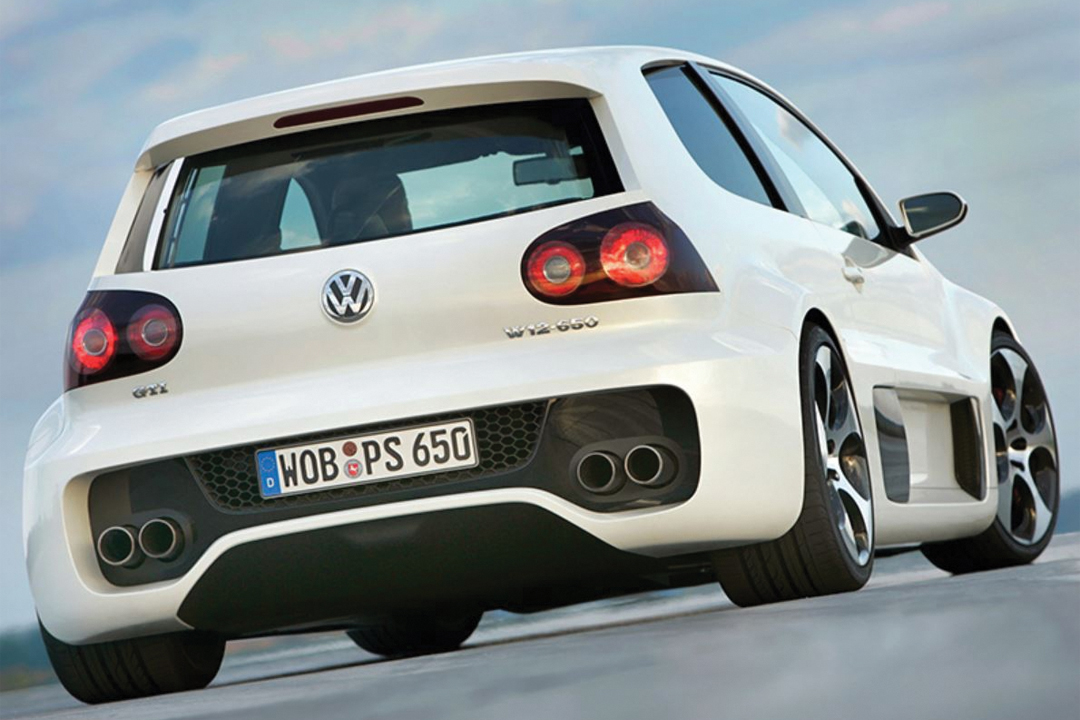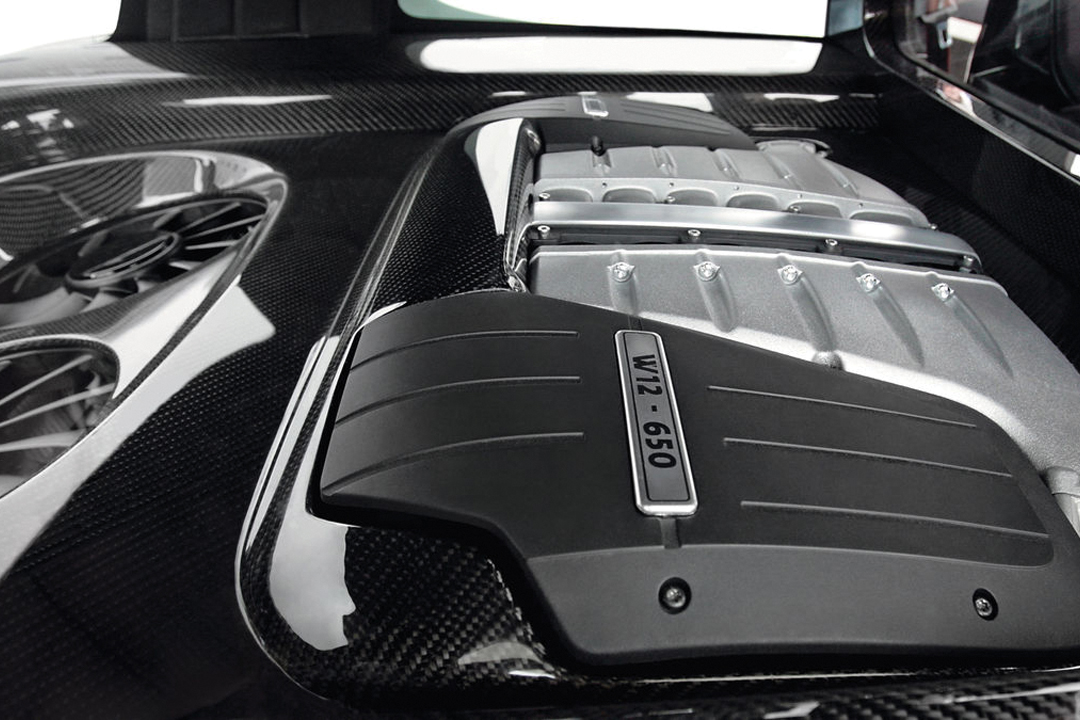

The Volkswagen Golf has always been a halfway humorous platform for VW to flex its muscles on, yet time and time again, it’s done exactly that. Such was the case in the mid-2000s when VW decided to stuff a Bentley engine inside of its typically front-wheel-drive hot hatch, giving it gobs of unbridled power.
In 2007, then-CEO Martin Winterkorn gathered VW employees together for an interesting project. He wanted something special for that year’s Wörthersee enthusiast festival, and when the designers brought the idea of a supercar-esque Golf powered by Ferdinand Piëch’s W12 to the table, Winterkorn greenlit the project.


With just two months to bring the hyper GTI to fruition ahead of the show, the automaker reached deep into its pocketbook (and parts bin), pulling out a handful of wild ideas. It settled on a widebody, mid-engine Golf with a 6.0-liter, twin-turbocharged, 12-cylinder engine that produced 650 horsepower. The result was a tiny three-door capable of sprinting from zero to 60 miles per hour in under four seconds and reaching a top speed of 201 mph.
The W12-650 was, unsurprisingly, more of a parts bin amalgamation with a Golf body than anything else. The front brakes were plucked from an Audi RS4, and the rears were from a Lamborghini Gallardo. Its automatic gearbox was borrowed from the Volkswagen Phaeton which, in case you forgot, was priced like a Mercedes S-Class and shared its underpinnings with a pair of Bentleys. And that stout W12 engine? It came from the Bentley Continental GT.

Of course, the W12 is a big honkin’ engine, so there was no fitting that under the hood of the Golf, let alone anything built on a VW chassis designed for front-engine, front-drive applications. Instead, the rear seats were plucked from the car and the engine was installed behind the driver. The fuel tank also had to be removed to make way for the engine, so a fuel cell was mounted underneath the hood.
The body became pear-shaped, widened by 6.3 inches at the base to accommodate the increased track width. VW used this space to add cooling vents for the mid-mounted engine, working vents into the sills and C-pillar behind the quarter glass. To add a bit of lightweight class, the roof was remade in exposed carbon fiber.
The end result was a car with smooth body lines and a visceral driving experience. Certain interior appointments like the paddle shifters, HVAC controls, and accessory switches were without function; forgivable given the two-month timeframe to actually design and build the car. Power delivery was apparently linear, not snappy, and taking the car into a corner was a fight to keep the front end pointed forward.

Predictably, the W12-650 never made it out of the concept phase. It was a one-off display of strength for Wörthersee and yet another chance for VW to show the strength held across its various brands. Still, despite there being only one, it remains a cool part of Volkswagen history to look back on today.
Got a tip or question for the author? Contact them directly: rob@thedrive.com